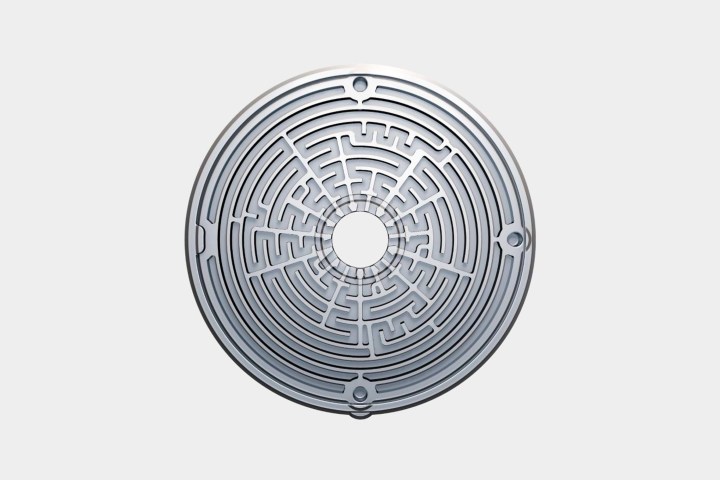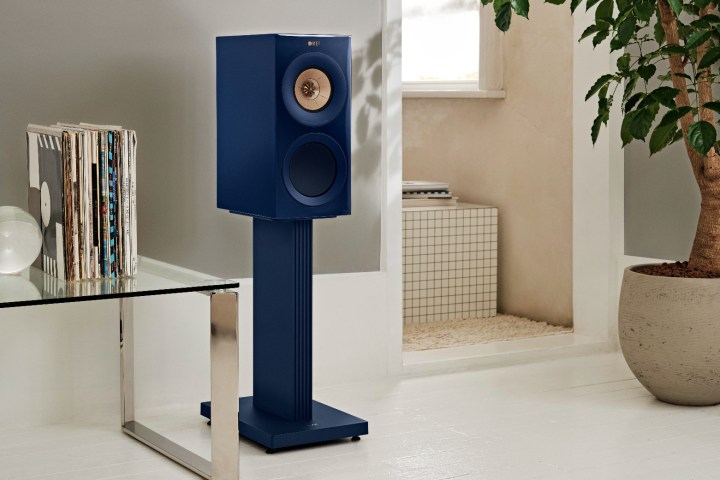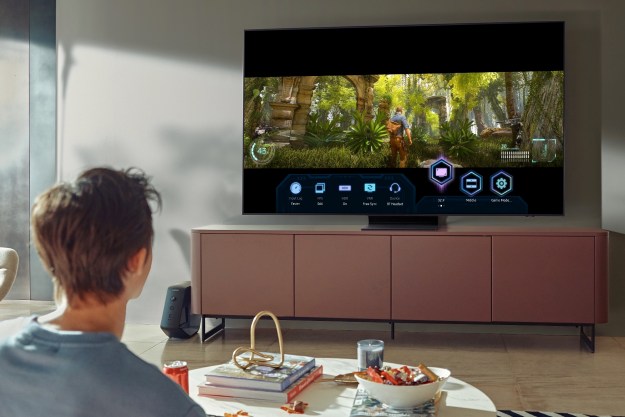British audio gear maker KEF today announced the next generation of its midrange R Series loudspeakers, dubbed R Series Meta. Upgraded with the same sound-absorbing metamaterial tech found in several of its high-end speakers, the R Series Meta aims to bring this premium sound to a broader audience with its more affordable price point.

If you’ve ever perused the KEF website and drooled over the company’s unique-looking $35,000 Blade One Meta speakers, its $22,000 Reference 5 Meta towers, or even its $7,000 LS60 Wireless powered speakers, KEF’s R Series Meta could be a much more affordable way to get in on the same Metamaterial Absorption Technology (MAT) found in those speakers.
The new R Series Meta lineup is powered by KEF’s 12th-generation Uni-Q driver array, which is the company’s proprietary driver technology found on all of the high-end speakers in KEF’s lineup and is recognizable by the unique star shape in the center. And while this 12th-gen of drivers could be found in the previous generation of the R Series (which has been officially be replaced by the Meta, but is still available under “Specials” on the KEF website), they get a significant “Meta” upgrade with the addition of MAT, which uses a round plate that sits behind the driver and is milled with a highly complex maze-like pattern. The plate’s labyrinthine channels absorb and eliminate 99% of unwanted frequencies, mainly in the 620Hz to 40kHz range, from the tweeter, creating what KEF calls “an acoustic black hole.” The result is said to be a purer, more natural sound closer to what the artist intended.

Each speaker in the R Series Meta range features a combination of Uni-Q drivers, including a 1-inch (25mm) vented aluminum dome tweeter with MAT, a 5-inch (125mm) mid-frequency aluminum cone, and low-frequency bass drivers, which come in 6.5- and 5.25-inch sizes (165mm and 130mm) depending on the speaker model.
R Series Meta is a seven-model passive speaker range that can be used in a variety of ways, from a simple stereo pair (in either towers or bookshelf/standmount speakers) for music to being built into a Dolby Atmos surround sound home theater setup with the inclusion of two different-sized center speakers and even a set of surround sound speakers that can be wall-mounted or placed on top of the towers. The Meta lineup is slightly more expensive than the previous R Series and includes the following:
Floorstanding
R11 Meta — $3,250 each
R7 Meta — $2,500 each
R5 Meta — $2,000 each
Bookshelf
R3 Meta — $2,200 a pair
Center
R6 Meta — $2,000 each
R2 Meta — $1,400 each
Surround
R8 Meta — $1,600 a pair
“The demand for high-fidelity sound at home is ever-increasing, whether listening to music or watching films as part of a home cinema setup, and audiophiles expect the very best quality of sound,” said Grace Lo, KEF president and head of Global Marketing, in a press release. “At KEF, we are committed to allowing listeners to experience content exactly as the producer intended it to be heard. The launch of the new R Series with MAT has enhanced the listening experience more than ever before.”
The KEF R Series Meta collection is available starting today and comes in three finishes: Black Gloss, White Gloss, and Walnut, with a special Titanium Gloss finish for the R7 Meta and Indigo Gloss for R3 Meta. Each speaker in the R Series Meta range also comes with magnetically attached and removable microfiber grilles.
Editors' Recommendations
- KEF launches a more affordable version of its coveted LSX II bookshelf speakers
- Sonos likely planning a smaller, cheaper Move portable speaker
- KEF’s new Q250c is the chameleon of home theater speakers








